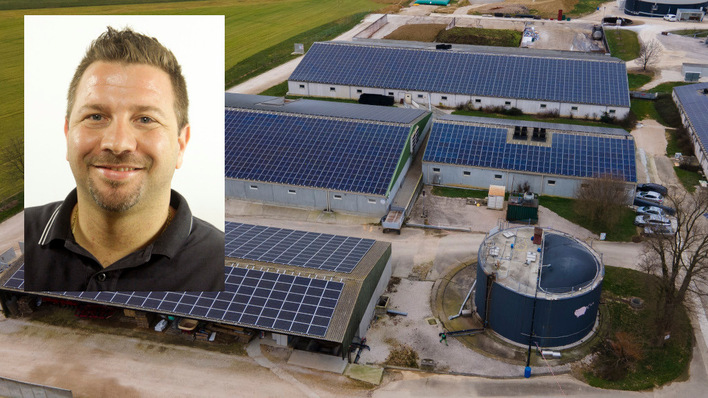How does sales in the Polish PV market differ from other markets?
Sales thrive on relationships; people buy from people. This is true in the Polish PV market as in any other market. In Poland in particular, however, price plays a very important role in purchasing decisions. Quality is often forgotten when comparing offers. But photovoltaics in particular are investments in energy systems that are intended to function reliably for decades. If you skimp on quality, you are cutting corners. This is especially true for the substructure, which is ultimately the foundation of every PV system -the secure connection between the roof or building façade and the PV system.
Also interesting: Poland: RWE aims to increase biodiversity at its PV parks
Who are your target groups in the Polish market?
Our target groups are PV wholesalers, installation companies, architects and commercial design offices so-called EPC companies (engineering, procurement, and construction) that build turnkey photovoltaic power plants.
How would you describe your personal role in the market?
As an Area Sales Manager for Poland I’m responsible for the development and better recognition of our company in the subordinate territory. I am in intensive contact with our target groups together with my colleague Bartosz Mosinski from technical sales. Customers tell us time and again that they are happy to always have a direct contact person at K2. Every year we exhibit at three trade fairs for renewable energies in Poland to maximize visibility. The most important trade fair for us is the one for the energy industry and renewable energies “ENEX” in Kielce. It takes place every year in February and marks the start of the annual photovoltaic season. We also regularly hold webinars for the Polish PV market and conduct on-site training courses for customers.
Also interesting: André Kremer and Joel Wagner of Iqony Sens: Solar and wind become one unit
What are the particular challenges in the Polish PV market?
As already mentioned, the communication of quality. By this I don't just mean the hardware quality, but the understanding of a complete package of coordinated planning software and substructure hardware and the resulting advantages for the user. We present our substructure as a particularly easy-to-install system with which all areas of PV installation can be covered, both during installation and during online-based planning.
Also interesting: Investment plan of 17 billion € in the energy transition by 2026”
What solutions do you offer on the Polish market?
We offer solutions for all types of flat and pitched roofs as well as for open-space systems. We also have car port and facade systems in our range. The only thing we do not have in our portfolio is Agri-PV. For all of our systems we have competitors in the market, including Polish manufacturers who offer PV mounting systems cheaply. We score points with our twenty years of experience, our promise of quality and the combination of sophisticated technology and a high level of planning depth. This brings our customers measurable advantages. Just one example is the significantly lower ballast for flat roof PV systems EAST-WEST when they are implemented with K2 software and our components.
Which tools do your customers in Poland use to plan
With our free B2B planning software “K2-Base”, we have created a low-threshold entry point for interested companies. Anyone can create an account, try it out and convince themselves of the very precise planning. The advantages of our offer are a combination of many components, including sustainable production. It brings customers and users a lot of benefit in the long term but may not be apparent at first glance. It is our job to communicate these connections in a market that is strongly driven by the lowest price.
Also interesting: Piotr Pysniak of Greto Polska: “The market is beginning to stabilize”
Where do you see the Polish PV market in 12 months?
This will depend very much on political decisions. In the area of single-family homes, a funding program called "My-Current" has just been adopted. The target group are homeowners who want to supply their buildings with solar power as much as possible. The government recently more than tripled the funding amount from 90 to 290 million euros. However, this amount is available for the period from 2024 to 2027. The application is bureaucratically complex. Whoever submits first is very likely to receive funding. Those who wait will probably miss out. Once the funding has been used up, demand in the residential sector will decline.
What about commercial installations?
This is not the case with commercial and industrial photovoltaic systems in Poland, as these are economical without state funding. Investors and companies also do not like to wait for state funding.The outdated Polish power grid, which is currently slowing down the expansion of economical open-space and commercial systems, is a problem with the expansion. The Polish government has recognized the problem and wants to push ahead with grid expansion. However, this takes time. A quick solution could be the strategic expansion of grid-friendly electricity storage facilities with large capacities to relieve the strain on the grid.
Also interesting: Katharina David of K2 Sytems: Strong Partner of installers
Interview by Manfred Gorgus








